Mandible reduction, also known as mandible angle resection, creates a more beautiful and balanced overall look by softening the lower part of the face.
This surgery generally needs to be performed with genioplasty (slimming down the chin) for better proportions. Carving the mandible area doesn’t mean that the appearance becomes softer and more feminine. Rather, bone contouring surgery finds the ideal proportions in harmony with the whole face, by evaluating one’s anatomy from all angles.
Surgery Duration
Approx. 1-2 hours
Hospitalization
0-1 Day
Stitches Removal
None / after 7-14 days
Anesthesia
General
Recovery Period
7 Days
CDU Mandible Reduction

1. Beautiful at any angle: mandible reduction + Sagittal splitting ostectomy
As the facial bone structure is three-dimensional, bone surgery should consider the appearance from various angles. If reduction is performed based on a two-dimensional concept, the result will not be effective from other angles.
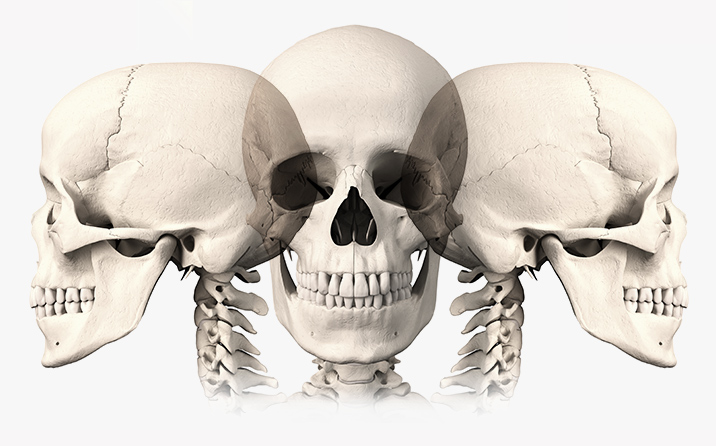
- CDU aims to find a better angle and facial proportion, rather than just removing bone without knowing the patient’s individual characteristics.
- Furthermore, to achieve a slimmer and smoother face from the front and the side, mandible reduction and sagittal splitting ostectomy can be combined.
-
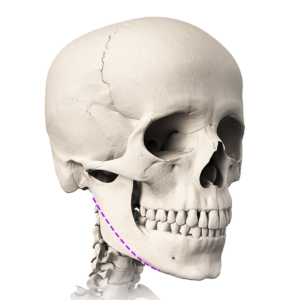
Mandible reduction
Mandible reduction is a surgery to carve the angled mandible area right under the ear. The angle of the mandible becomes smoother in a long curved line from the ear to the chin, preventing secondary step-off irregularities. -

Sagittal splitting ostectomy
The facial bone is made of three different layers. The superficial layer is eliminated to achieve a slimmer and three-dimensional shape at the front.
2. Analyzing multiple causes of an undefined and wider face: bone, muscle, fat, and skin
CDU’s bone contouring surgery provides a customized surgery plan with an understanding of the proportion of the whole face and the condition of bone, muscles, and surrounding tissues through three-dimensional analyzing equipment.

- Complex reduction surgery will be performed: buccal fat removal, muscle reduction with botox injection, and lifting surgery.
3. No secondary step-off irregularities
CDU minimizes the possibility of an irregular contour by applying a delicate long-curve cutting method.
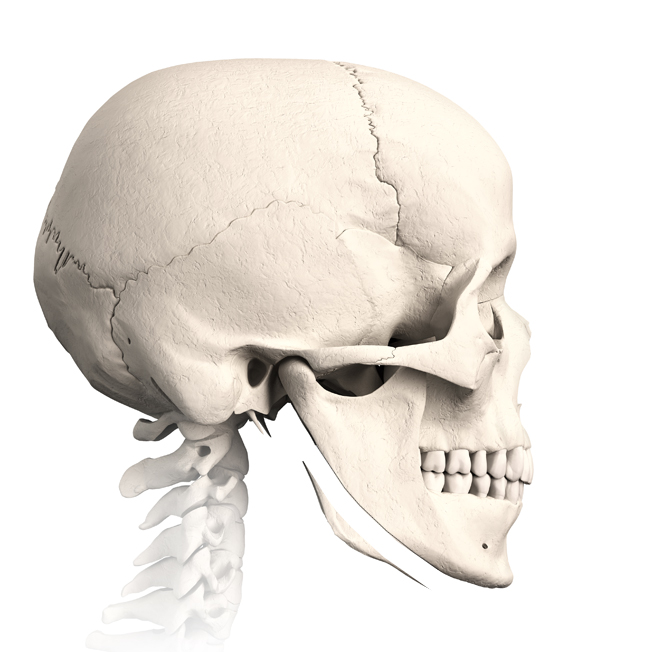
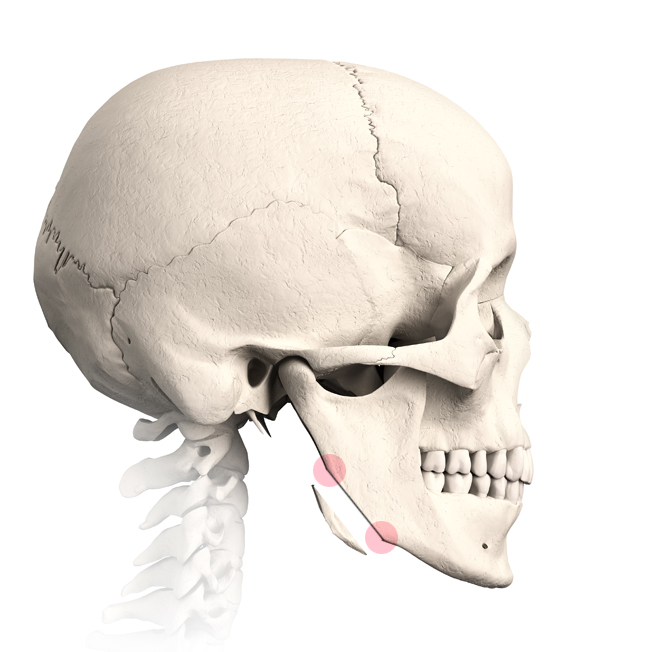
Recommended For

- A wide and round lower face.
- Flat mandible.
- Asymmetric or longer-than-usual mandible.
- A mandible which is significantly angled from the side.
Surgery Process

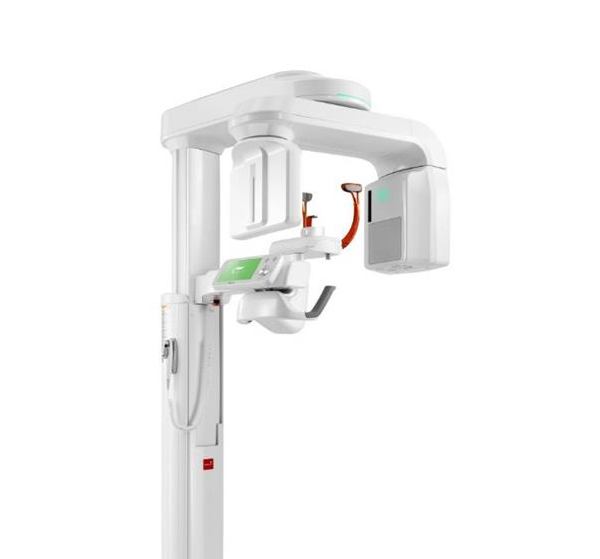
Evaluation of the bone structure with a 3D CT scan.

The surgery plan is made by considering the patient’s needs and condition during a consultation.

An incision is made inside the mouth.
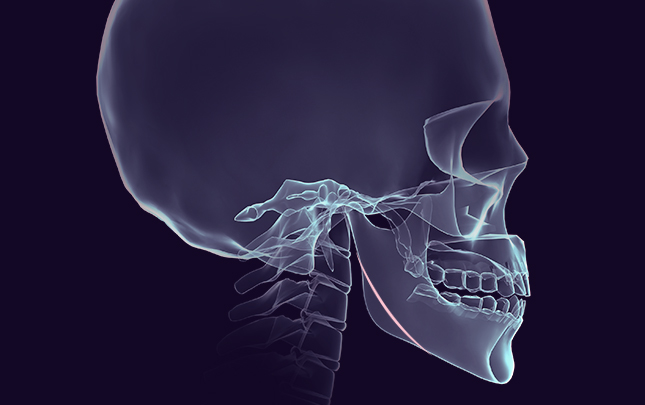
Excess bone is removed.
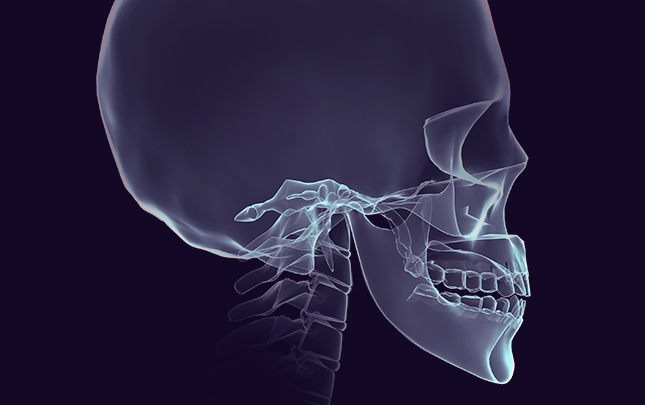
The wound is closed with sutures.
Q&A about Mandible Reduction

The surgery plan differs according to the patient’s anatomy. When the mandible alone is reduced, the face contour looks slimmer and smoother at the side, but there may not be a huge difference at the front. Therefore, sometimes mandible reduction and sagittal splitting ostectomy should be performed at the same time. Alternatively, in some cases, a slender oval face can be achieved by having Sagittal splitting ostectomy alone.
If a patient plans on braces and bone contouring surgery, braces should be first. Through orthodontic treatment, irregular teeth will be straightened and the face contour may change. Therefore, orthodontic treatment should precede face bone contouring surgery to maximize the effect.
Skin sagging is a possible complication after surgery, but not all patients will experience this. Skin sagging occurs when the skin drapes over a bone which is reduced or changed. However, skin sagging can also occur because of aging, even if a patient doesn’t undergo bone surgery. This can be prevented by choosing a surgery plan which doesn’t affect skin elasticity or muscle condition. Furthermore, a thread lift can be a good alternative to prevent skin sagging, as the thread holds the skin during the recovery process.

